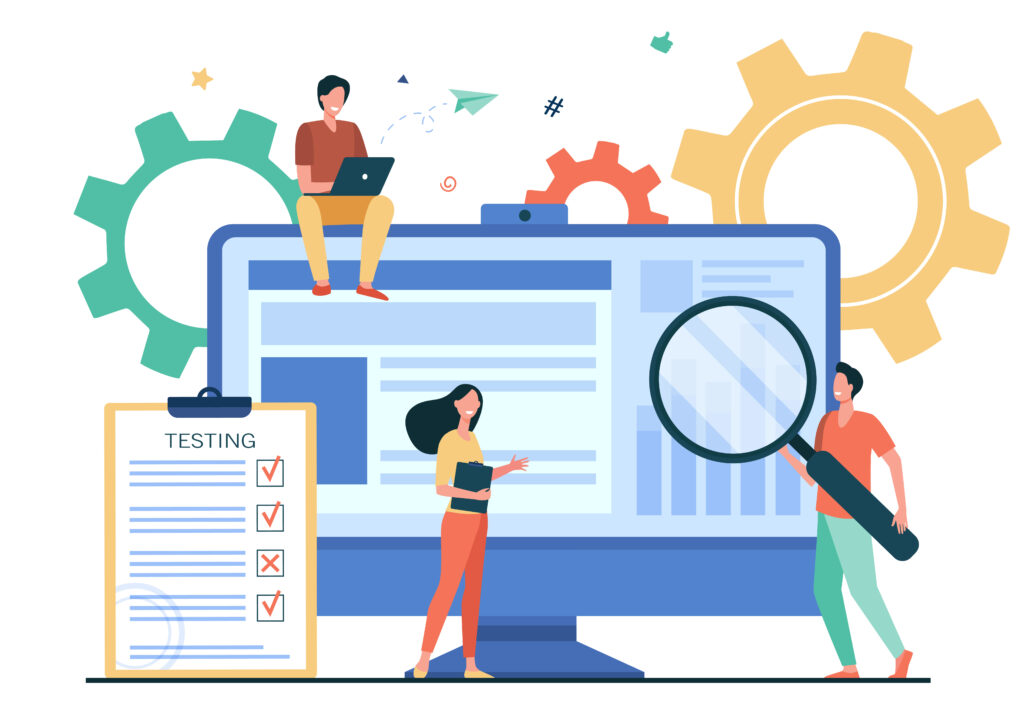
During this term, I was presented with topics which I was familiar with, and also many new ones.
I enjoyed reviewing facts about discrimination laws in employment and the many interview biases we may face as applicants. Consequently, I learned many new concepts such as the reliability of various selection methods and both the applicant and company perception of such methods. It further solidified my learning to apply these concepts to my final project.
As I reflect upon the most important thing I’ve learned, it would be to recognize my self-value. Specifically, the IPIP Test in Week 7 and lectures in Week 9 module, changed my perspective. Initially, I did not consider my introversion and high conscientiousness as advantages. However, reflecting upon my results in a blog post encouraged me to consider what I can bring to a team, such as analytical, introspective thinking and high levels of self-achievement.
Further, in Week 9 Module, I learned that it’s important to “Know Your Own Value.” Often as applicants, we are so excited to begin a new job, and forget about the leverage we have in an employment situation. For example, failing to negotiate a salary upon initial offer, can present a setback in your career further down the road. In my past passive nature, I feel that I am indebted to the employer and should be grateful to be working with them. In fact, applicants have the upper hand in this conversation and should determine their target and walk away numbers ahead of time. For example, in my most recent job offer, the hiring manager offered me the position, shared the salary, and very bluntly stated that he could not negotiate for any more increases due to budget. I understood this fact but should have asked for other benefits in lieu of compensation such as additional educational assistance or perks. I was so surprised to receive an offer, I hastily accepted and neglected to advocate for myself.
Lastly, the “Sell” chapter of Who made an impact on my vision of the type of company I’d want to work for. The fact that organizations take the time to not only consider a candidate’s fortune, but family and future as well, proves that they care about the individual as a person, not just a bottom-line figure. The persistence that an executive or hiring manager exudes to get the applicant onboard is telling that the candidate is truly an A Player. Thus, this motivated me to take a deeper dive when looking at my next organization to join. Additionally, it gave me insight on how to become highly sought after as an “A Player.”
I also recognize that plans change over time, and taking 15 minutes once a month to reflect on your goals is a small but impactful task for future success. I hope to take this practice into future consideration as I continue my schooling and career.







